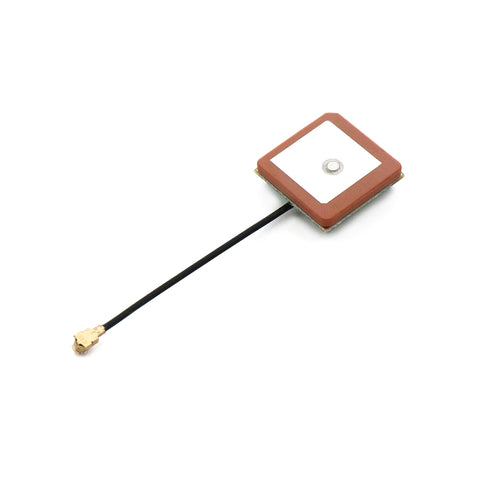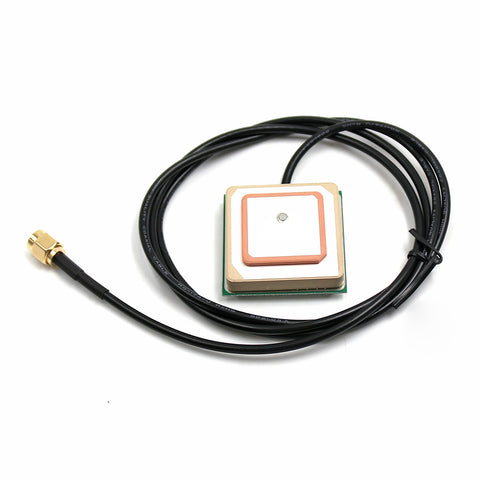
GPS antenna structure and principle
1. Composition of GPS antenna
The GPS antenna is composed of two components: the receiving antenna and the preamplifier. The function of the GPS antenna is to convert the electromagnetic wave energy of the satellite's wireless signal into the amount of current that the electronic components of the receiver can absorb and use. Most of the built-in GPS antennas are right-hand polarized ceramic media, and its components are: passive antenna, low-noise signal module, cable , and connector.

(Beitian Beitian GPS Antenna BT-47N)
1. Passive antenna is the key technology of GPS antenna. The signal receiving ability of a GPS antenna depends largely on the composition of the passive antenna part.
2. The low-noise signal module, also known as LNA, is the part that amplifies and filters the signal. The selection of its electronic components is also very important, otherwise it will increase the reflection loss of the GPS antenna signal and cause too much noise.
3. The selection of cables also needs to be based on reducing reflections to ensure impedance matching.

2. Working principle of GPS antenna
Ceramic sheet: The quality of ceramic powder and its sintering method are directly related to its performance.
Silver layer: The silver layer on the surface of the ceramic antenna can affect the resonant frequency of the GPS antenna.
Feed point: The passive antenna collects resonance signals according to the feed point and sends them to the backend. Because of the main reason for the matching impedance of the antenna, the feed point is generally not in the middle of the antenna, but the XY position is finely adjusted. This impedance matching method is simple and does not increase costs.
Amplifier: The shape and total area of the PCB carrying the passive antenna. Because the signal received by the RF connector of the GPS antenna has the characteristics of bouncing when it hits the ground, the selection of the amplifier gain value must match the gain value of the subsequent LNA.


